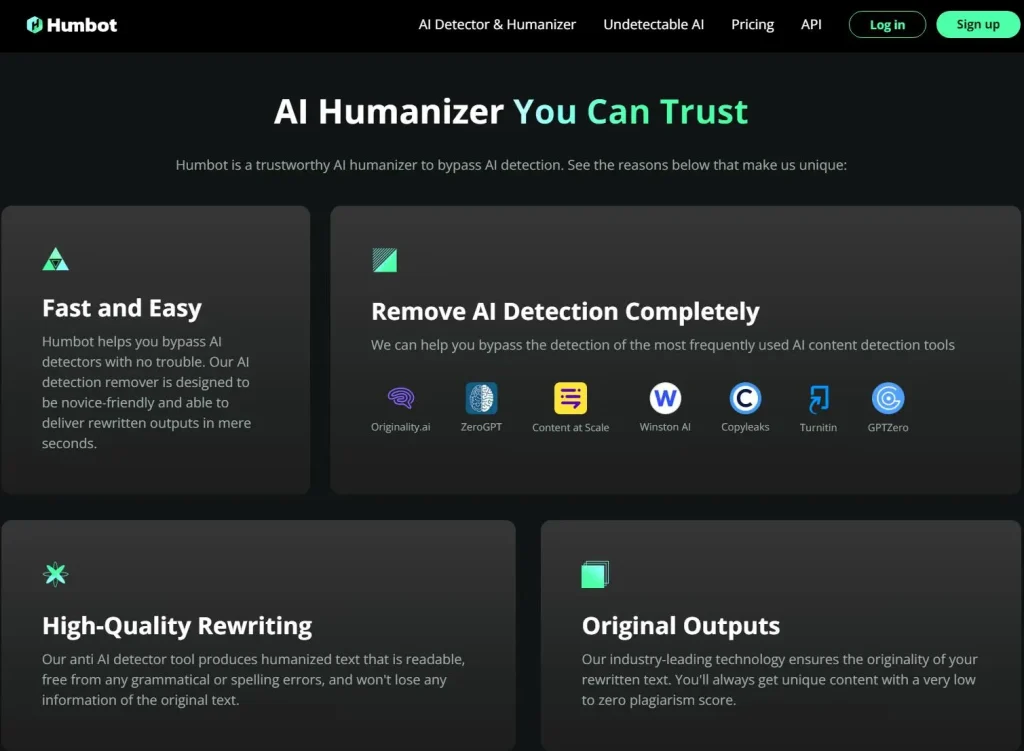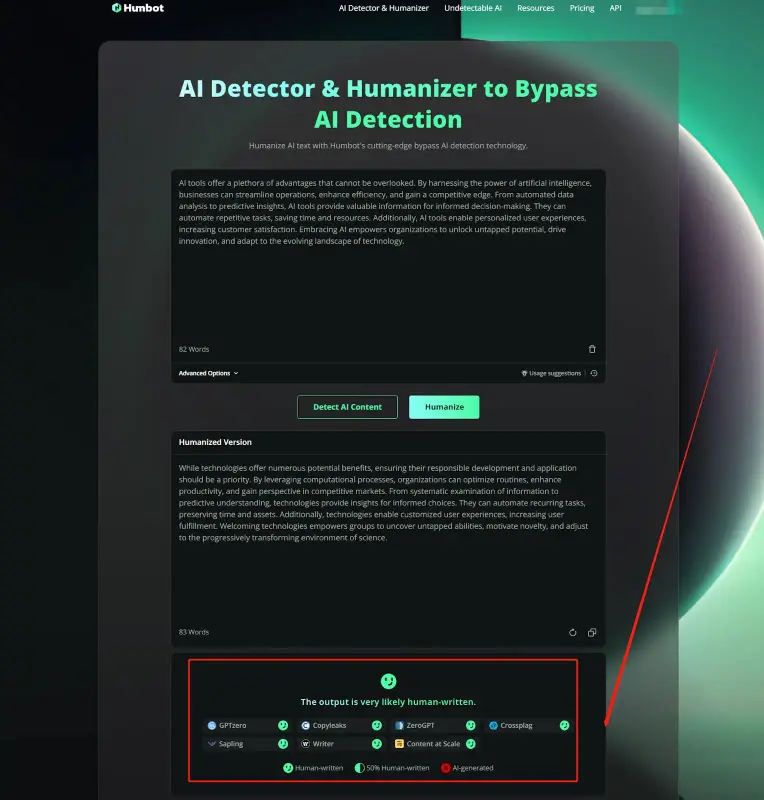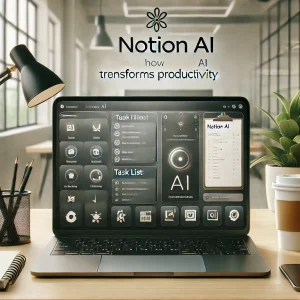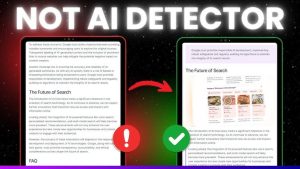How AI Text Detectors are Transforming Content Creation
In the realm of digital content creation, the rise of AI text detectors marks a significant evolution. These advanced tools are reshaping how content is crafted, reviewed, and refined, offering unprecedented accuracy and efficiency. In this blog post, we delve into how AI text detectors are transforming content creation, examining their impact on content quality, their efficiency benefits, and future trends.
Introduction to AI Text Detectors
AI text detectors are sophisticated algorithms designed to analyze and interpret written content with a level of precision previously unattainable. These tools utilize machine learning and natural language processing (NLP) to evaluate text for various factors, including grammar, style, and coherence. The technology has advanced considerably from its early iterations, which were primarily rule-based and less adaptable to complex language nuances.
Early AI text detectors relied on predefined rules and patterns to identify errors and inconsistencies. However, modern systems employ deep learning techniques, allowing them to learn from vast amounts of data and improve their accuracy over time. This evolution has led to more nuanced text analysis, enabling these tools to handle complex linguistic features and contextual subtleties effectively.
Impact on Content Quality
One of the most profound impacts of AI text detectors is their ability to enhance content quality. By leveraging AI, content creators can achieve a higher level of accuracy in their writing, ensuring that their messages are clear, coherent, and grammatically correct.
Improved Accuracy in Content Creation
AI text detectors excel at identifying and correcting grammatical errors, spelling mistakes, and stylistic inconsistencies. This accuracy is particularly valuable in professional and academic writing, where precision is paramount. For instance, tools like Grammarly and ProWritingAid use advanced algorithms to offer real-time corrections and suggestions, helping writers produce error-free content more efficiently.
Enhanced Readability and Coherence
Beyond mere error correction, AI text detectors also focus on improving readability and coherence. These tools assess sentence structure, word choice, and overall flow, offering suggestions to enhance the readability of the text. By analyzing factors such as sentence length, passive voice usage, and readability scores, AI text detectors help writers craft content that is not only grammatically correct but also engaging and easy to understand.
Case Studies and Examples
Real-World Applications
The application of AI text detectors extends across various industries and sectors. For example, in the publishing industry, AI tools are used to streamline the editing process, reducing the time and effort required to produce polished manuscripts. Similarly, in the legal field, AI text detectors assist in drafting and reviewing legal documents, ensuring accuracy and compliance with legal standards.
Success Stories and Metrics
Several high-profile companies have successfully integrated AI text detectors into their content creation processes. For instance, HubSpot, a leading marketing platform, utilizes AI-powered tools to enhance the quality of its marketing content. By analyzing user data and feedback, HubSpot has demonstrated that AI text detectors can significantly improve content performance, leading to higher engagement rates and improved customer satisfaction.
Efficiency and Time-Saving Benefits
Automation of Routine Tasks
AI text detectors offer significant time-saving benefits by automating routine tasks such as proofreading and editing. Traditionally, these tasks required considerable human effort and time. However, with AI-powered tools, content creators can quickly and efficiently review their work, allowing them to focus on more strategic aspects of content creation, such as ideation and audience engagement.
Streamlining Content Review Processes
The integration of AI text detectors into content review processes also enhances efficiency. These tools provide real-time feedback, enabling writers to make corrections on the fly. This immediate feedback loop accelerates the content review process, reducing the time required to finalize and publish content.
Comparison with Traditional Methods
Key Differences and Advantages
AI text detectors offer several advantages over traditional content review methods. Unlike human editors, who may be prone to fatigue and oversight, AI tools provide consistent and objective analysis. Additionally, AI text detectors can process large volumes of text quickly, making them ideal for handling extensive content projects.



Limitations and Challenges
Despite their advantages, AI text detectors are not without limitations. These tools may struggle with understanding complex context and nuances, sometimes leading to inaccurate suggestions. Furthermore, reliance on AI tools may lead to a reduction in human editorial judgment, which remains crucial for certain types of content.
Future Trends in AI Text Detection
Emerging Technologies and Innovations
The future of AI text detection is poised for exciting advancements. Emerging technologies, such as GPT-4 and beyond, promise to enhance the capabilities of AI text detectors further. These innovations will likely improve the accuracy and contextual understanding of AI tools, making them even more valuable for content creators.
Predictions for the Future of Content Creation
As AI text detectors continue to evolve, we can expect to see more integration with other content creation tools. For example, AI-powered writing assistants may soon collaborate with graphic design and multimedia tools, offering a seamless content creation experience. Additionally, AI text detectors may become more adept at understanding diverse languages and dialects, broadening their applicability across global markets.
Conclusion
AI text detectors are undeniably transforming content creation, offering significant improvements in accuracy, readability, and efficiency. As these tools continue to evolve, their impact on the content creation process will likely grow, presenting new opportunities and challenges for writers and content creators. Embracing these advancements and understanding their potential will be key to staying ahead in the ever-evolving landscape of digital content.














Post Comment